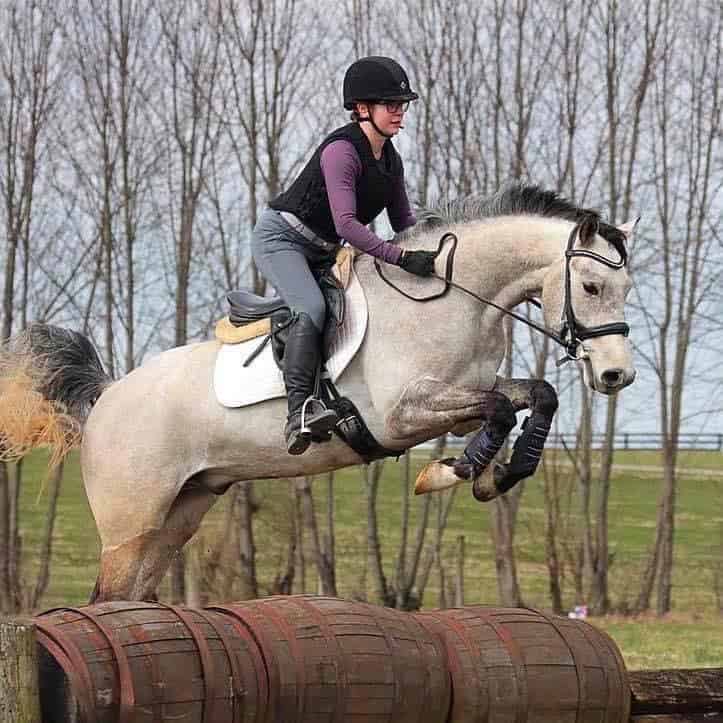How To Maximize a Horse’s Suspensory Ligament Ultrasound Exam

Valeria Busoni, DMV, PhD, Dipl. ECVDI, a member of the faculty at the University of Liege, in Belgium, described important considerations to keep in mind when using ultrasound to explore the suspensory ligament during the 2022 British Equine Veterinary Association Congress, held Sept. 7-10, in Liverpool.
Awareness of Anatomy
Busoni emphasized the difference in anatomy between the hind and forelimbs. In the hind leg, the probe can’t be perfectly plantar (the midline of the limb, at the back) to get an ideal view. A plantaromedial (inside of the limb’s midline, at the back) angle allows veterinarians to get a good view of the horse’s leg in a weight-bearing position.
Knowing the anatomical differences between the limb’s soft tissue structures is also key, said Busoni. The suspensory ligament is much wider than the flexor tendon, for example.
“You have to bear in mind that in the longitudinal sections you have to fan your probe in order to get all the parts of the ligament and … to be sure you get the abaxial (away from the central axis of the leg) portions of the ligament on the image,” said Busoni.
The veterinarian’s ultrasound technique also makes a difference. When performed in a non-weight-bearing position, Busoni said, “the probe will be closer to the proximal suspensory ligament and the skin-probe contact will be on a larger surface.” This is important, she noted, because it provides a more complete view of the entire ligament.
“It can be done in both forelimbs and hind limbs,” Busoni continued. “You have a very different picture compared to a standing weight-bearing image.”
It is also important to bear in mind that compared to other tendons, the suspensory ligament contains not only tendon fibers but also fat and muscle tissue. In the non-weight-bearing images it is easier to differentiate these tissues because the veterinarian can easily angle the probe, causing the tendinous part of the structure to become hypoechoic (black).
Therefore, consistency between ultrasound imaging is important, as different techniques can result in very different readings.
Cognitive Skills
Practitioner skill and approach have a significant effect on an ultrasound image’s diagnostic value. “Our motor skills are not entirely automatic when we begin to learn how to ultrasound a horse,” said Busoni. “Some of our brain energy is not available for our visual-cognitive skills, as it is busy guiding the hand. You have to always activate your cognitive process before, during, and after the ultrasound examination.
“Ultrasound is a cerebral practice,” she added. “You need to have the cognitive action at the right time to change your technique with intention or change your approach for follow-up.” Otherwise, the information gained through ultrasound will not provide reliable diagnostics.
“Asking yourself questions about your images after the exam is too late,” Busoni said. “A valuable ultrasound exam is hypothesis-driven. You need to evaluate the acquired images in real time, you need to evaluate in your mind your pre-exam hypothesis in relation to what you see, to ask yourself questions and build subquestions and to adjust the scanning protocol in order to answer them.”
While ultrasound is a valuable tool, said Busoni, it cannot be useful without further clinical interpretation.
“Pain is not always corresponding to images,” she said. “You have to bear in mind the lesions might remain visible while the clinical presentation is changed. Some horses might still be lame, and others might not be lame. So you always need to combine clinical presentation with ultrasound.”
Take-Home Message
Ultrasound is an invaluable tool for diagnosing suspensory injuries but, to arrive at a correct diagnosis, practitioners must evaluate the images properly and correlate their findings with the clinical presentation of the horse.

Written by:
Shoshana Rudski
Related Articles
Stay on top of the most recent Horse Health news with











